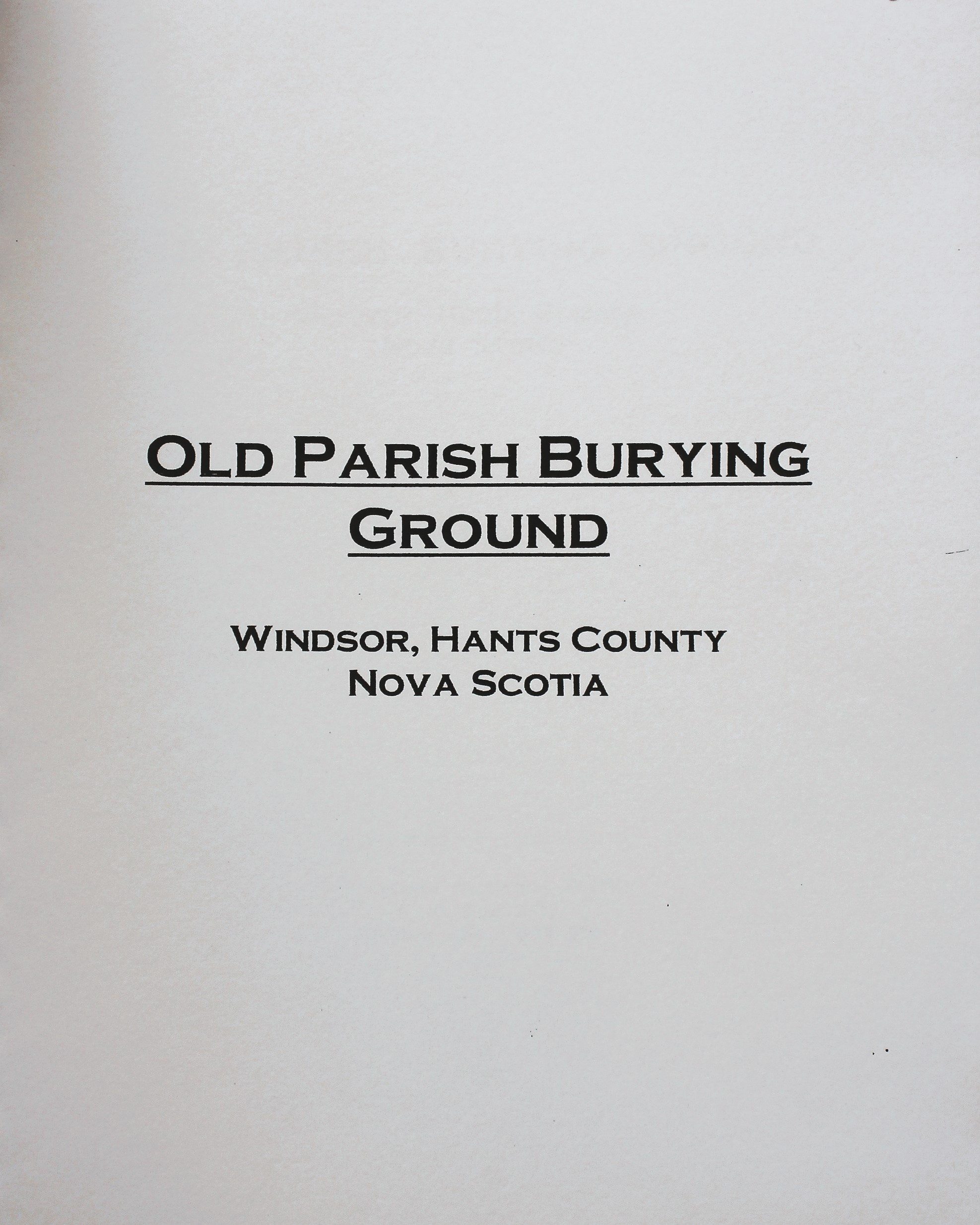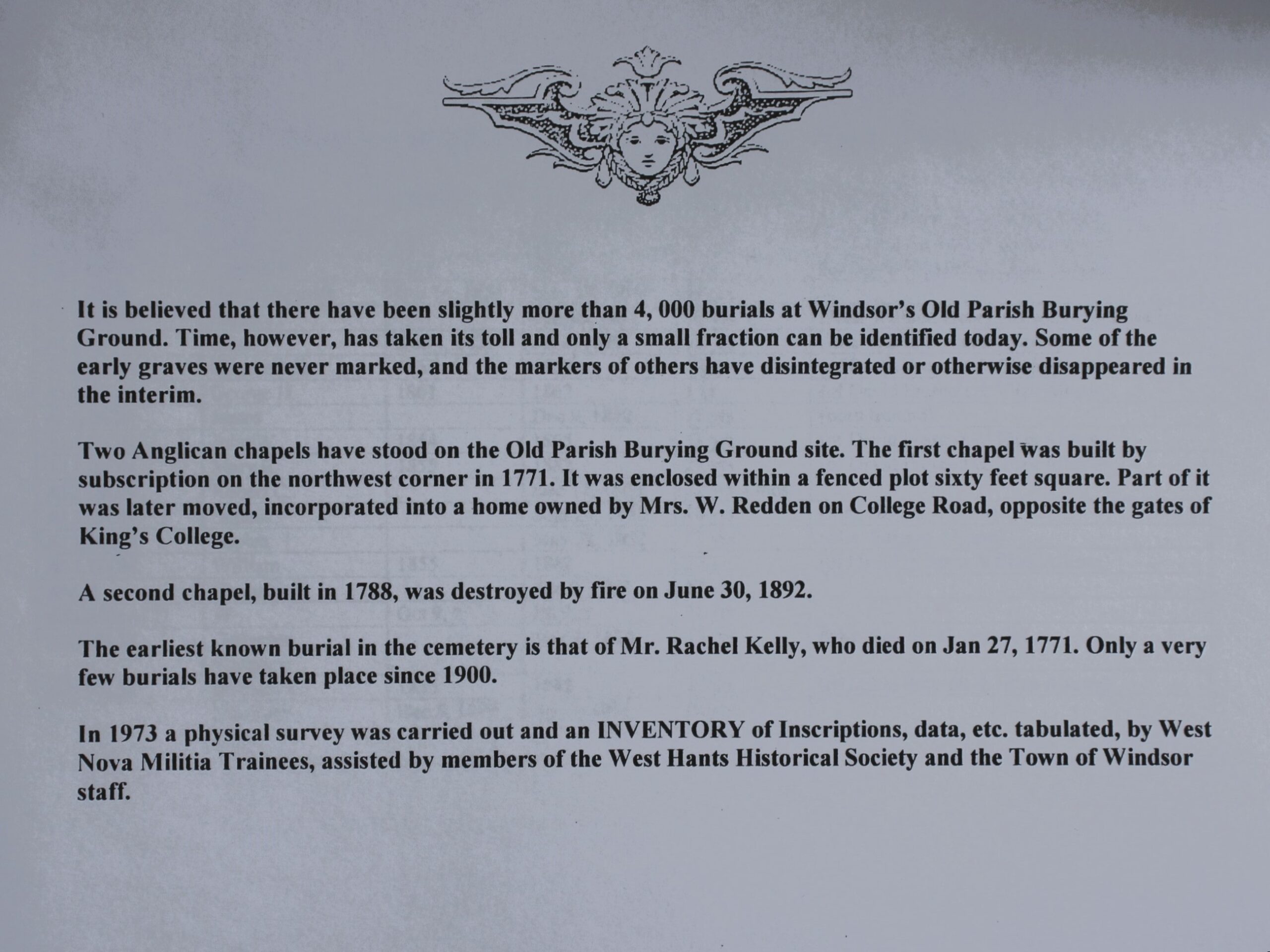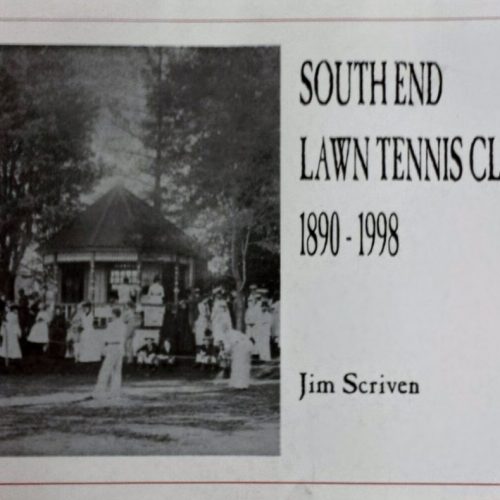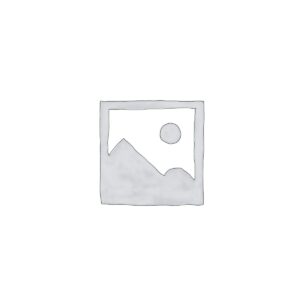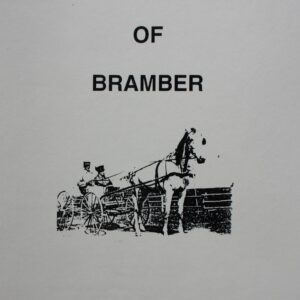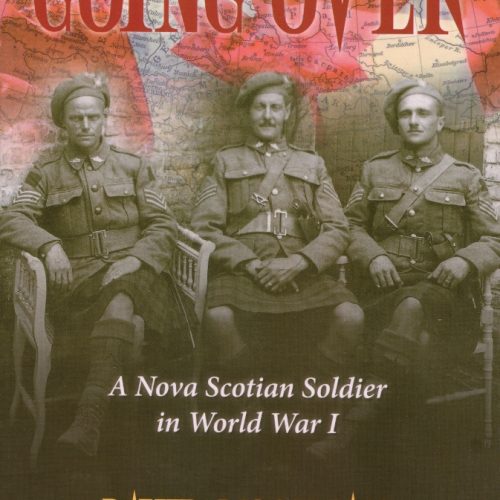Coil Bound; published by the West Hants Historical Society.
It is believed that there have been slightly more than 4,000 burials at Windsor’s Old Parish Burying Ground (1291 King Street, Windsor, Nova Scotia), though only a fraction are still identifiable. The Majority of these burials range from 1771 to the late 1800’s.
The following description of the Burying Ground is taken from Canada’s Historic Places (click here for full link and more info):
The Old Parish Burying Ground is valued as the main burial ground for the town of Windsor until 1887 and as the final resting place for many prominent Windsor families. The cemetery also contains gravestones carved by early Nova Scotian stone carvers.
In 1779 land for a church and burial ground was donated by the Honourable Michael Francklin, former Lieutenant Governor of Nova Scotia. The land was the site of the original Anglican church in Windsor, built in 1771 and the rector of this church, Rev. Joseph Bennett, is buried here. The oldest surviving gravestone marks the death of Rachael Kelley on January 27, 1771. A second church was built on the same site between 1788 and 1790. The church and burying ground were consecrated in 1826 by the Right Reverend John Inglis, the third bishop of the Diocese of Nova Scotia and son of Bishop Charles Inglis. This church burned in 1892 and was not replaced since Christ Church, further north on King Street, had been completed in 1884.
Prominent people buried in here include Isaac Deschamps, the fourth Chief Justice of Nova Scotia; Winckworth Tonge, grandson of one of the original land grantees; and Susanna Francklin, wife of Hon. Michael Francklin. In addition, several presidents and professors of King’s College are buried here including William Cochran, its first president.
Beyond the genealogical information found in the Old Parish Burying Ground, many of the gravestones are excellent examples of colonial era stone carving and are decorated with traditional symbols including hands in various positions, urns, and cherubs. Several stones were made by a carver simply known as J.W. as well as stones by James Hay of Halifax, the Seaman Family and a cast iron marker made by the William Johns Foundry in Halifax. Some of the stones are signed by the stone carver while others can be identified by the style of carving.
The carver known as J.W. is believed to be James Wood of Windsor and are carved of slate possibly quarried at Gore. It is believed the carver’s use of symbols was “for visual effect” rather than as religious symbols. J.W. often proudly proclaimed his work by including his signature on the top of the stone in the largest lettering.

